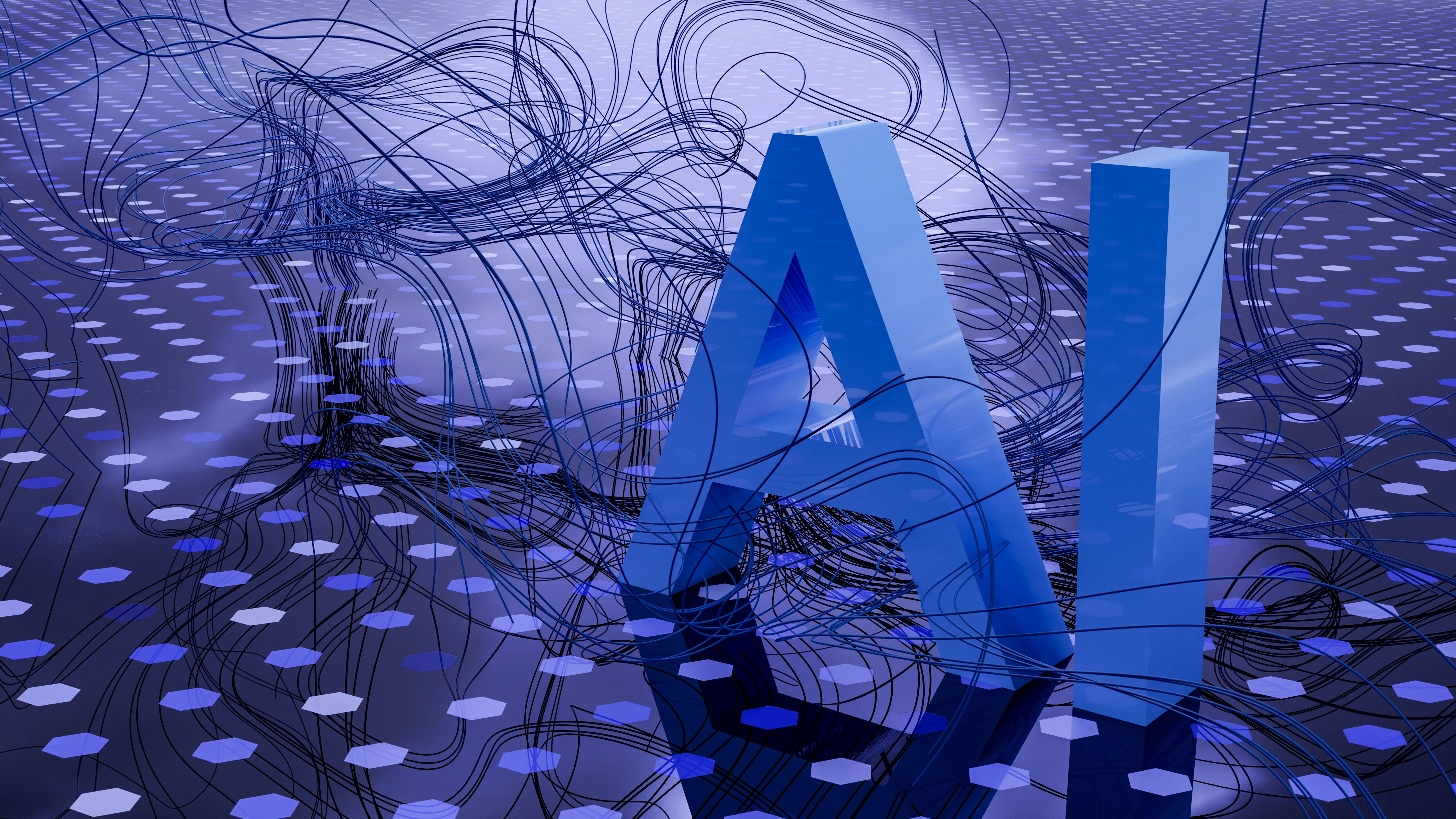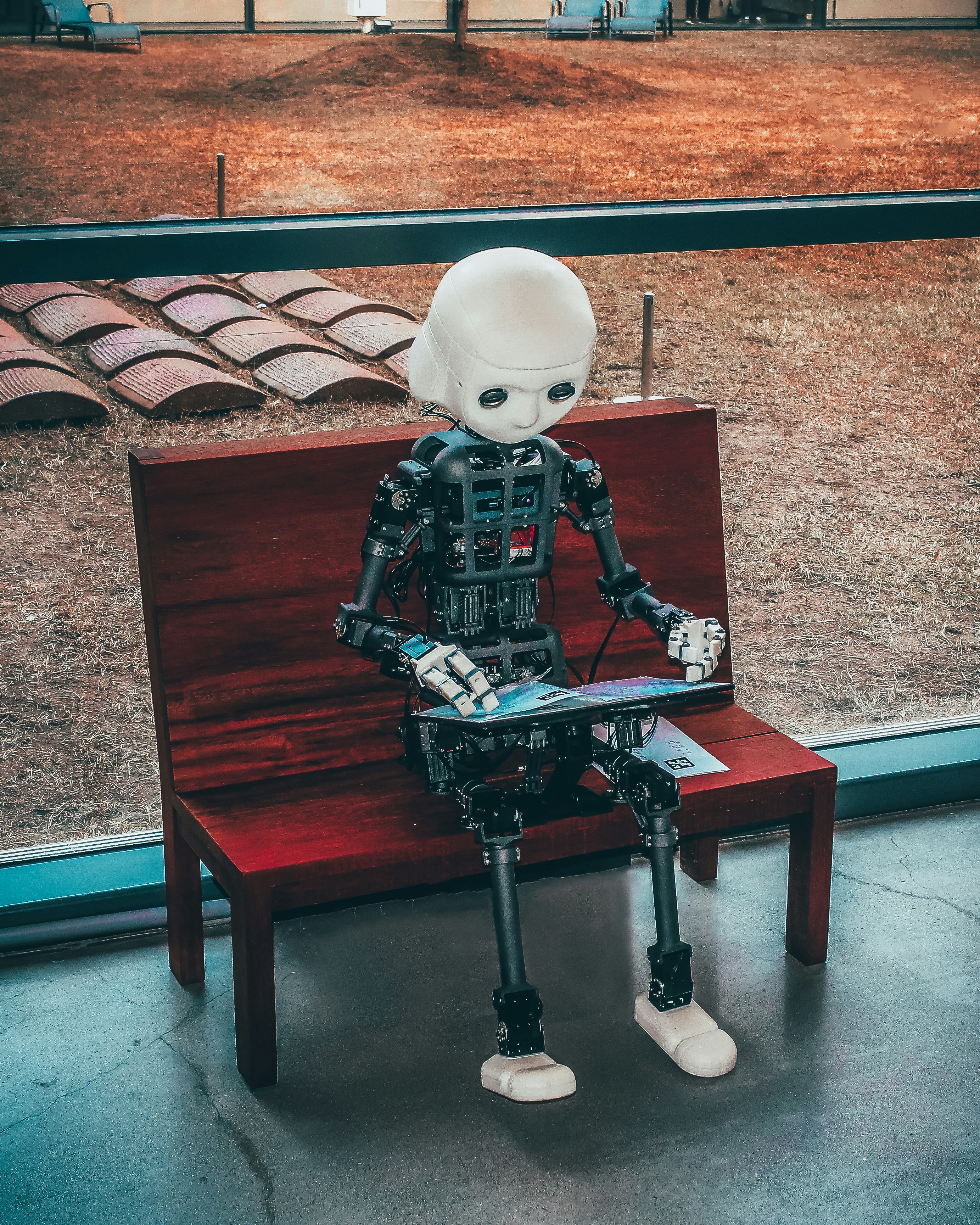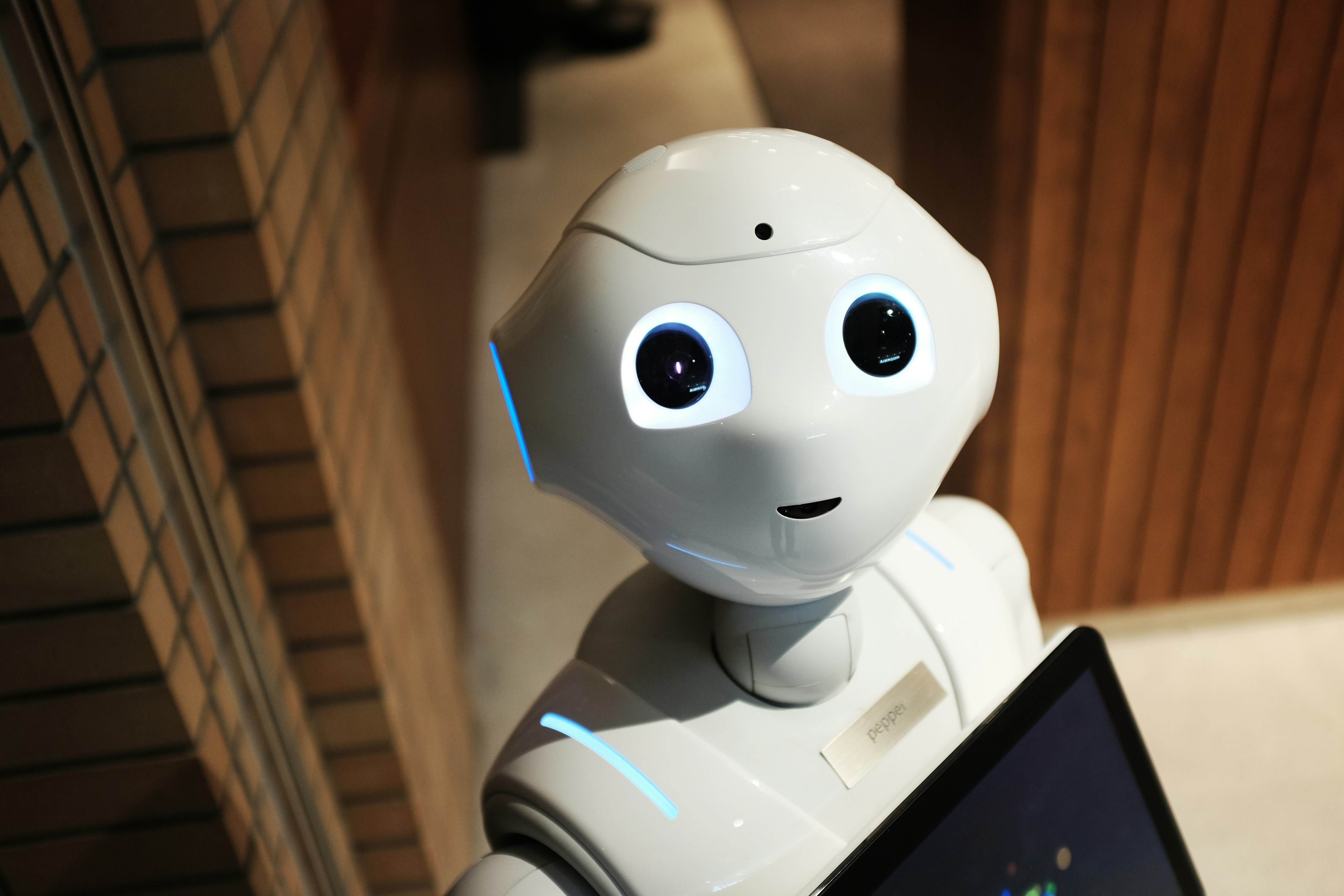Building Effective AI Agents: The Future of Human-AI Collaboration
Explore the fundamental principles behind effective AI agents, their key components, and the future of human-AI collaboration. Learn about goal-directed behavior, tool use, and the importance of safety and transparency in agent designs.

Ashish Kaul
AI & GenAI Expert

Building Effective AI Agents: The Future of Human-AI Collaboration
 The complex networks that power modern AI agents
The complex networks that power modern AI agents
AI agents represent a significant leap forward in artificial intelligence—systems that can understand, plan, and execute complex tasks while adapting to changing circumstances. Drawing inspiration from Anthropic's groundbreaking research, let's explore what makes AI agents effective and how they're shaping the future of human-AI collaboration.
What Are AI Agents?
 AI agents interact with various digital interfaces and tools
AI agents interact with various digital interfaces and tools
AI agents are autonomous systems that can:
- Perceive their environment
- Make decisions
- Take actions to achieve specific goals
- Learn from their experiences
Key Components of Effective Agents
 The intricate architecture of modern AI agent systems
The intricate architecture of modern AI agent systems
1. Goal-Directed Behavior
Effective agents maintain a clear focus on their objectives while being flexible in how they achieve them. This involves:
- Understanding user intentions
- Breaking down complex tasks
- Adapting to changing circumstances
2. Tool Use
 The diverse toolkit available to modern AI agents
The diverse toolkit available to modern AI agents
Modern AI agents can:
- Access and manipulate various tools
- Choose appropriate tools for specific tasks
- Learn from tool interactions
3. Memory and Context
 How AI agents process and store information
How AI agents process and store information
Agents must maintain and utilize:
- Short-term working memory
- Long-term knowledge storage
- Contextual awareness
Challenges and Considerations
Safety and Alignment
 Ensuring safe and aligned AI development
Ensuring safe and aligned AI development
- Ensuring agents act in accordance with human values
- Maintaining predictable behavior
- Implementing proper safeguards
Transparency
- Understanding agent decision-making
- Tracking agent actions
- Maintaining accountability
The Future of AI Agents
 A glimpse into the future of human-AI collaboration
A glimpse into the future of human-AI collaboration
As AI agents continue to evolve, we can expect:
- More sophisticated reasoning capabilities
- Better human-AI collaboration
- Increased autonomy in complex tasks
- Enhanced safety mechanisms
Conclusion
The development of effective AI agents represents a crucial step toward more capable and reliable artificial intelligence systems. As we continue to refine these technologies, the focus must remain on creating agents that are not just powerful, but also safe, transparent, and aligned with human values.
By understanding and implementing the principles of effective agent design, we can work toward a future where AI agents serve as reliable partners in solving complex problems and advancing human capabilities.

About the Author
Ashish Kaul is an AI & GenAI Expert with extensive experience in implementing AI solutions for enterprises. He specializes in generative AI, large language models, and machine learning, providing insights on the cutting edge of AI technology.
Learn More About Ashish